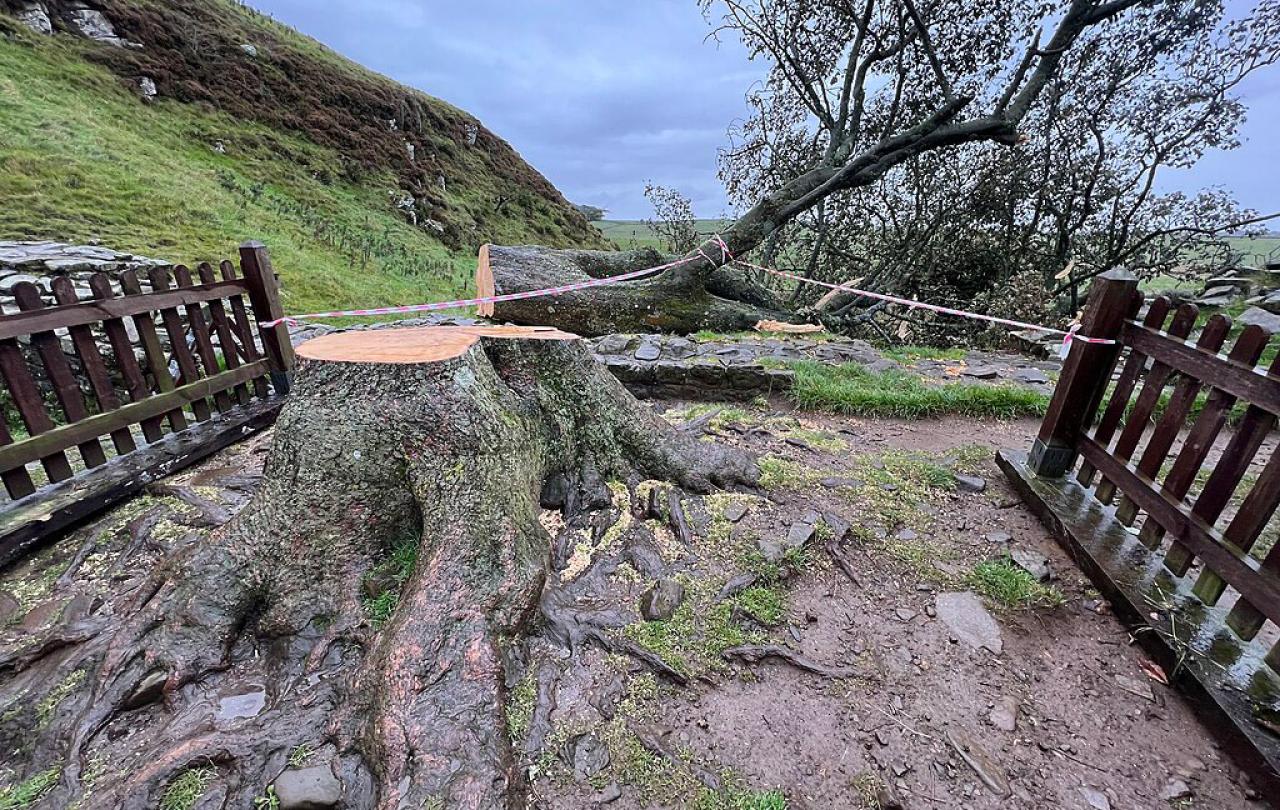If we might indulge an absurd anachronism, I wonder what the American photojournalist Lee Miller would have done, had she been one of the women at the foot of the cross. To my mind, she would have held her nerve to record – on her German-made Rolleiflex camera held at her abdomen – not only the horror of the crucifixion of Jesus of Nazareth and the criminals beside him, but also the suffering of his mother and the other women who looked on.
I’ve had these ruminations since I watched Miller’s biopic, Lee, on its UK premiere. In passing, I should record that Kate Winslet delivers the performance of her life in the title role, because it’s in the quality of her interpretation that I’m led to consider the nature of what it means to witness, which is an act at the heart of humanity as well as central to the Christian faith.
Witnessing is what reporters, at their best, do if they are to honour their vocation. Especially war reporters. But the act of witnessing isn’t confined to journalists. The case for professional witness can be made for other jobs – police officers, aid workers, medics, lawyers all come to mind.
It’s just that this movie shows witness at its sharpest end. “Even when I wanted to look away, I knew I couldn’t,” says Lee Miller. That imperative, not to look away, is central to our human story and I would argue that this is because it’s central to my faith, which has at its centre a God who doesn’t look away.
That’s why Lee Miller made me think of the historical event of the crucifixion. The Church down the ages has been inclined to turn the cross into the Christ’s great victory – rather as reportage of the Second World War has concentrated on its conclusive victory rather than the horrors that Miller recorded.
Her magazine employer, Vogue, at first declined to publish her photos of the liberation of concentration camps Dachau and Buchenwald, in part because it detracted from the joy of that victory (though they were subsequently published in the US). If you will, Vogue looked away.


